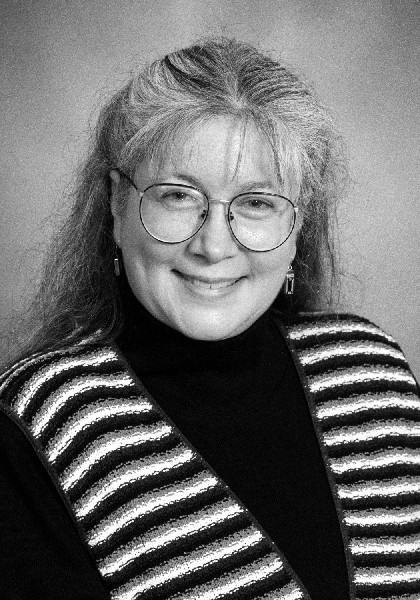In one sense the troubling of (hegemonic) race(ist) perception and of the public fantasies that (in)form it and are (in)formed by it could be said to constitute queer practice. However, if we (re)turn to the criticisms of Queer Theory often made by ‘non-white’ cultural critics, it becomes apparent that this area of critical practice and those who participate in it would also benefit from an ongoing rigorous examination of the ways in which whiteness structures queer political perceptions and practices.
—Nikki Sullivan, A Critical Introduction to Queer Theory (78)
Required Readings
Sullivan, Ch. 4 “Queer Race” (57-80)
hooks, Feminist Theory, acknowledgments, preface, Ch. 1 “Black Women: Shaping Feminist Theory” (1-15) [on Moodle2]
Collins Black Sexual Politics, Introduction “No Turning Back” (1-21) [on Moodle2]
Hames-Garcia, Identity Complex, Preface (ix-xvii) [on Moodle2]
Graduate Readings [on Moodle2]:
Hames-Garcia, Identity Complex, Ch. 2 “How Real is Race?” (39-67)
Ducille, differences 21.1 (2009), “The Short Happy Life of Black Feminist Theory” (32-47)
Additional Resources
Film: M. Butterfly (David Cronenberg 1993); excerpts
Due This Week
- Ten key Terms or concepts in readings
- Two LGBTQIA representations
- Two LGBTQIA issues
- Queer Theory Week 8 Questions on Readings
- Group 1 Presentation: Sarah Spencer, Nor[man] Duffin, Paula Young
